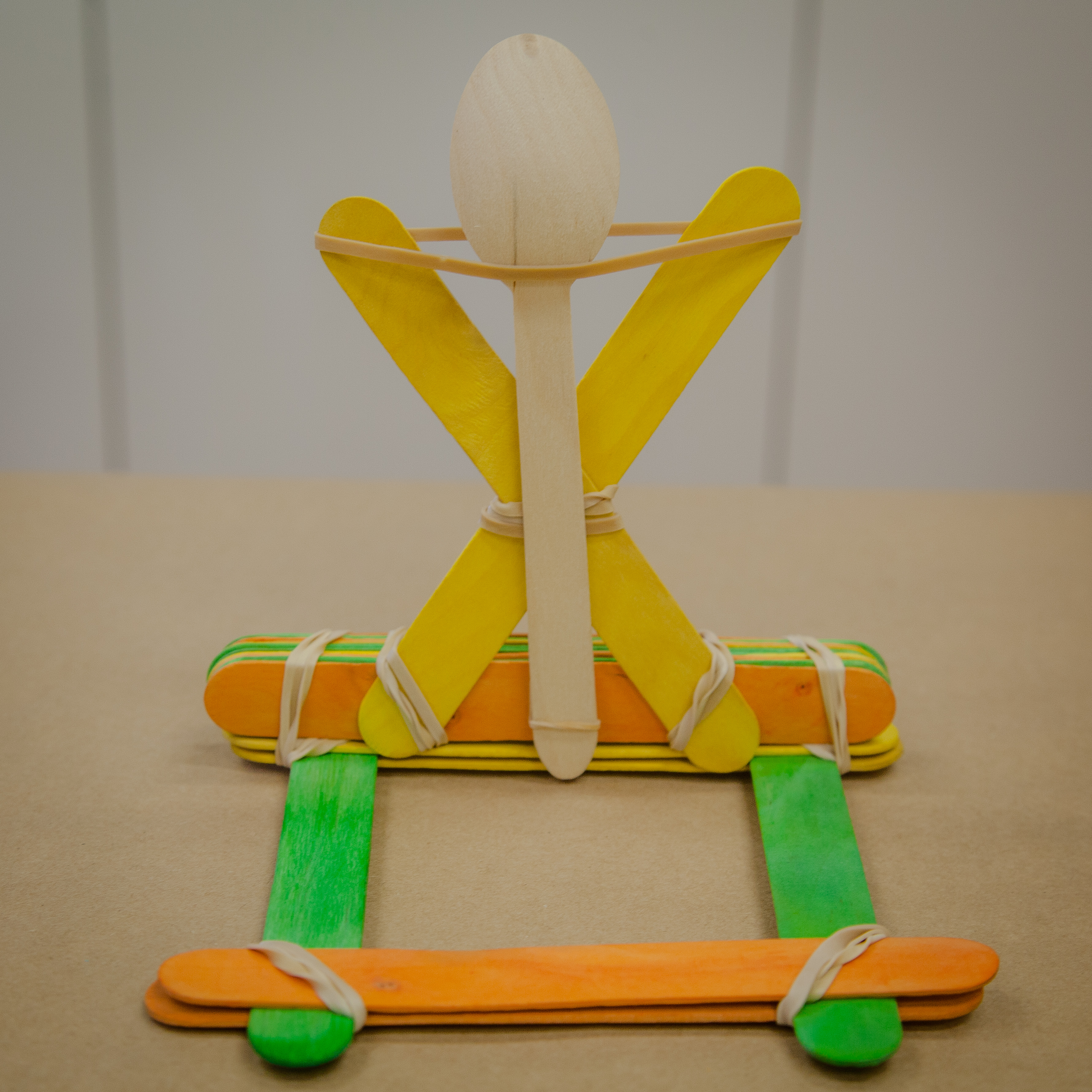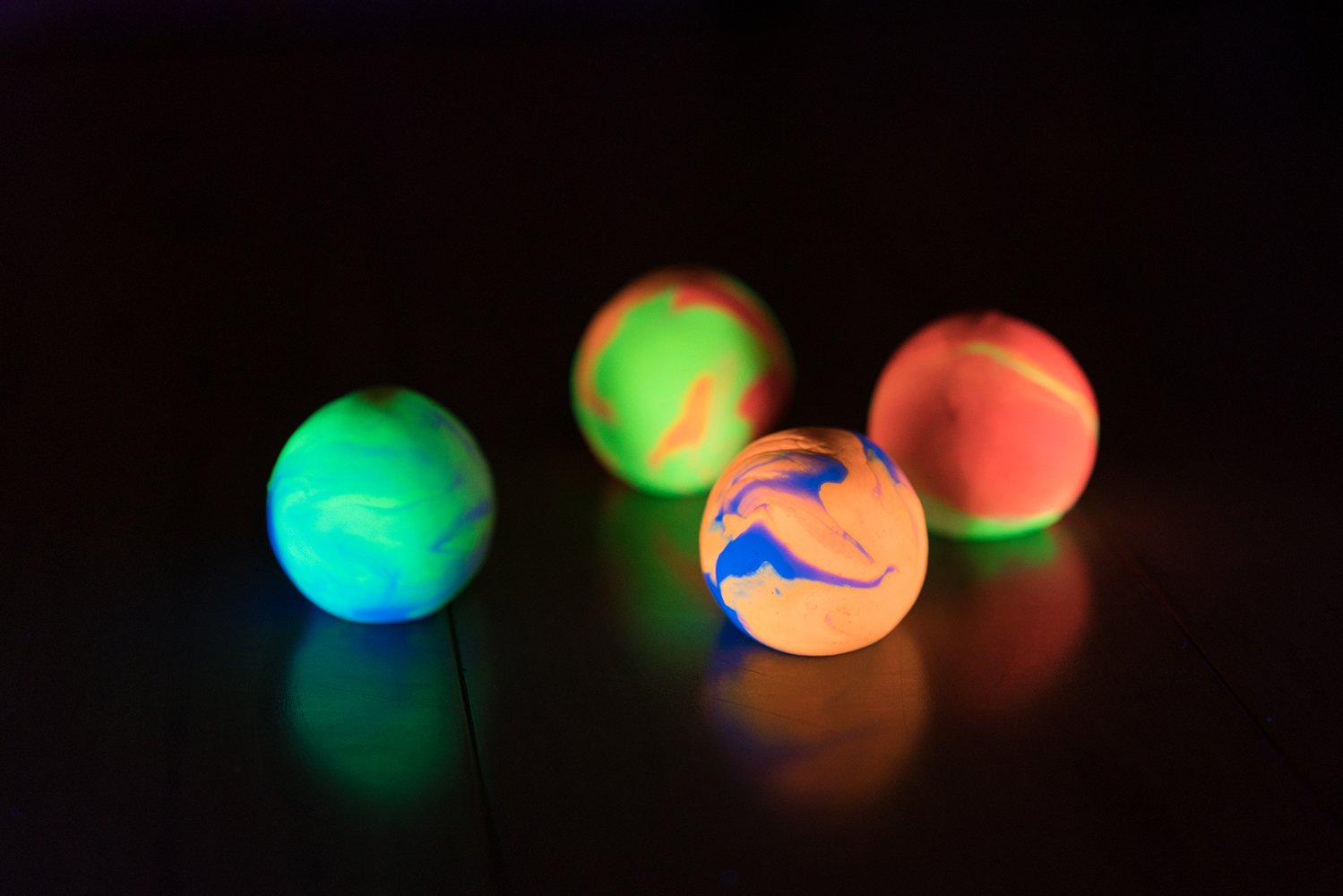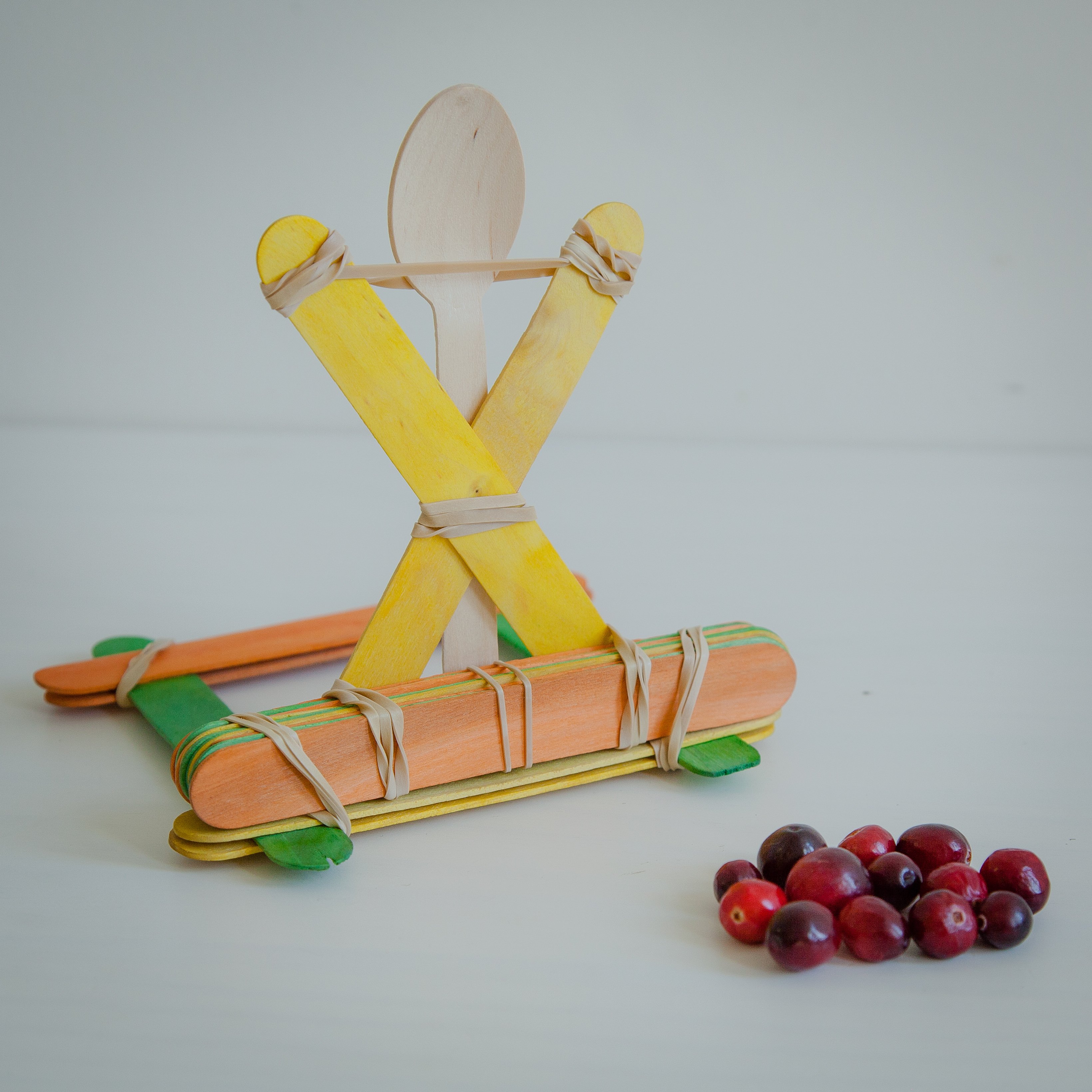The Importance of Science Projects for 3rd Graders
Science is all around us, and it helps us understand the world we live in. Engaging in science projects at an early age can spark interest, leading to a lifelong love of learning. Science projects also promote curiosity, problem-solving, and creativity, all of which are essential skills for success in any field.
Fun and Creative Science Projects for 3rd Graders
Create a Solar System Mobile
This is an exciting project that introduces young learners to the wonders of space and the different planets in our solar system. It’s perfect for 3rd graders who are curious about the world around them and are eager to learn new things.
By exploring the solar system, kids can explore the fascinating world of astronomy while having fun. They get to learn about the different planets, their sizes, and their unique characteristics. They also learn about the order of the planets in our solar system and how they revolve around the sun.
The project involves creating a mobile with the different planets attached to it in the correct order. This process helps young learners visualize the relative sizes of the planets and how far they are from each other. It also helps them understand the concept of gravity and how it affects the planets in our solar system. They also get to choose the colors and designs for each planet, making the project even more fun and personalized!
Make a Volcano Eruption
Another exciting science project is making a volcano eruption. This project allows children to get hands-on experience with the principles of chemistry, geology, and physics, all while creating a spectacular and memorable volcanic eruption.
While this project may seem like nothing more than a fun experiment, it’s also a great way to introduce young learners to some cool scientific principles. When baking soda and vinegar are combined, they undergo a chemical reaction that produces carbon dioxide gas. This gas builds up inside the volcano until it can no longer be contained, causing the eruption. This is the same basic process that occurs in real volcanoes, where molten rock (magma) and gasses build up under the Earth's surface until they are released in a wild eruption!
Build a Catapult
Building a catapult is an excellent science project for 3rd graders that teaches about force, motion, and engineering.

Once the catapult is built, the fun really begins. Your child can experiment with different types of projectiles, such as marshmallows, grapes, or small balls, to see how far they can launch them. This is where the physics comes in. Your child will learn about the principles of force, energy, and motion as they experiment with different tensions and angles to see how far they can launch their projectile!
Create a Glowing Bouncy Ball
Making a glowing bouncy ball is another fun and exciting science project that children will love. This project teaches about chemical reactions and polymers while creating a cool glowing ball.

Polymers are long chains of molecules that are linked together to form different materials, such as rubber, plastic, and - yes - even the material used to make bouncy balls! To create a glowing bouncy ball, kids can mix together two different types of polymers - like glue and borax. When these two substances are mixed together, they create a chemical reaction that forms long chains of molecules, creating a polymer. This is a great opportunity to explain to kids what polymers are and how they are formed.
And best of all, they'll have a fun new bouncy ball to play with once the project is complete!
Benefits of Science Projects for 3rd Graders
Engaging in science projects has several benefits for 3rd graders. These projects can:
Foster curiosity and a love for learning
Promote critical thinking skills and problem-solving abilities
Develop creativity and innovation
Encourage teamwork and collaboration
Build confidence
Conclusion
Science projects are an excellent way to introduce young children to the fascinating world of science. By engaging in hands-on experiments and projects, 3rd graders can learn essential skills while having fun. At the KiwiCo Store, we also offer science projects that come with all of the materials included! As parents or educators, we can help our children develop a lifelong love for learning by encouraging them to explore the world around them through science projects.
FAQs
Q: Why is it important to do science projects in 3rd grade?
A: Science projects help kids develop critical thinking skills and learn about the world around them. They also encourage curiosity and a love of learning.
Q: What are some easy science projects for 3rd graders?
A: Find a list of easy science projects here!
Q: What materials are needed for science projects for 3rd graders?
A: Materials needed for science projects vary depending on the project. Common materials include household items such as vinegar, baking soda, paper clips, and food coloring.
Q: Can science projects be done at home?
A: Yes, many science projects can be done at home using household items. However, some projects may require specialized materials or equipment.
Q: What are some benefits of doing science projects in a group setting?
A: Group science projects can promote teamwork and collaboration, encourage sharing of ideas and knowledge, and provide an opportunity for kids to learn from each other.
Q: How can science projects for 3rd graders be made more challenging?
A: Science projects can be made more challenging by increasing the complexity of the experiment or exploring more advanced scientific concepts. One quick trick is to ask your child to form a hypothesis about the project before you get started, and see if the hypothesis holds up!
